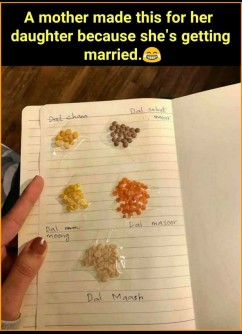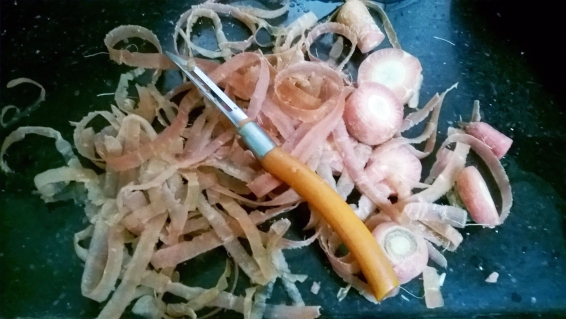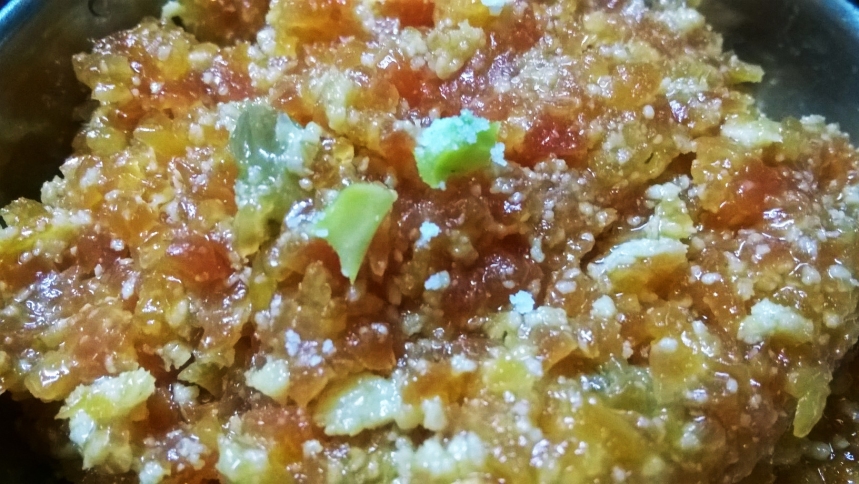 Photo – Atul Patil
Photo – Atul Patil
Some people just love music. A few blessed souls can sing, dance or play an instrument. The others are a part of a sensitive audience. Listening to music gives them goose bumps. And some people don’t sing even in the bathroom, not in their wildest dreams.
A very few people can’t stand any kind of music. Roughly 3 to 5 percent of the world’s population has an apathy toward music. There are a handful of these people who have a non-sensitive ear for music. It’s what’s referred to as specific ‘musical anhedonia’ —different from general anhedonia, which is the inability to feel any kind of pleasure and which is often associated with depression.
Their brains must be wired differently. So does Muses’ (Mousai) one of the nine sister goddesses of music, song, dance and the other arts the goddess of Music according to the Greeks or Devi Saraswati not bless some souls?!
I know quite a few people who have no understanding of music, let’s say Indian classical music but they enjoy listening it. When I say no understanding I mean they may not specifically be able to identify the Raga, the notes or the rhythm / Taal of the composition but they thoroughly enjoy the music. The same may be said about most of the listeners of Indian Film music. The music is appreciated by these people because they like the tune, the lyrics, the Film, the Heroine or the Hero on whom the song has been picturised. They may even love the song because that was the first film they saw as a child or after they were engaged.
Such people love the song so much that they have watched the film for an amazing number of times just to see the song. I know one friend who watched ‘Ek do teen’ on the video cassette of ‘Tejab’ on a VCR so many times that the part of the cassette was almost erased! Another friend had heard ‘Din Dhal Jaye’ for months on loop after a heartbreak! So what is it that some people would repeatedly listen to happy songs and some immerse themselves in Gazals and soulful sad songs?
‘Gazals are for the sad lovelorn people’, declares a friend who has been a witness to many a friend crying their heart out for some Shabab over Sharab and Shayri.
Well each of us has our own choice of music. It is a part of exposure and conditioning. Some enter a trance while listening to EDM, some find peace in head banging and listening to ACDC at sound levels that would give a headache or even a heart attack to a few others!
I don’t want to get into the argument of whether Lata mangeshkar is great or is Madonna or Beatles or Pink Floyd.
I just want to note that each of us takes our dose of music differently. Some on a daily basis, some on weekends, some on their way home or office, some play music on radio in the background as they complete their daily chores. Irrespective of the artist or the Genre of music that one listens to I am genuinely intrigued by the audience.
Today was the second day of the Sawai Gandharva Bhimsen Mahotsav, the biggest festival of classical music in India, organized every year by the Arya Sangeet Prasarak Mandal which was founded by Bharat Ratna Pt. Bhimsen Joshi. Like the previous 64 years this festival of music is organized at the New English School Raman Baug ground.
Well known as the ‘Sawai Gandharva Sangeet Mahotsav’ this mega music fest, enjoys patronage of music lovers from all around the world.
What is it that makes thousands of people attend a music festival for the last 64 years?
Each artist acknowledges that she/he loves Pune, loves the Audience in Pune. And the audience eagerly awaits every winter for the dates of the concert to be announced. New singers feel blessed to perform on this stage and veteran artists consider they are in the holy land of Music. Pune has given us numerous stalwarts in the field of music and arts.
So do they listen to music because they are happy or does listening to music make them happy?
Audience sure loves to feel emotions like happiness, excitement, and joy. They love to sing along and tap their feet or to get up and dance.
But then why do some people love those who croon the senti’ types of songs? Why do we listen to the deep sonorous voice sing Marwa or Bhairavi? And again how do we listen to it.
The audience attending such performances have their own styles and reasons. There are always different types of people in the Audience – ‘Hawshe, Nawshe Gawshe’ is the apt description in Marathi. The most important thing is that each of these people are excited and open to experiencing an musical experience over the next few days.
People reach the venue hours in advance sometimes even before the organisers themselves.
Old men and women, who can barely walk, supported by walking sticks or relatives arrive in time to catch hold of seats near the exits or the nearest toilets. Women even bring in their knitting or clothes they have to daft. Seated in one corner an elderly woman rolls cotton onto her palms to make wicks soaked in the musical notes.
By the time the show is about to begin the traffic around the venue and leading to it is completely chaotic. There are buses plying from every corner of the city to the venue especially for this music festival.
Rickshaws manage to enter the tiny street that is already lined with two wheelers parked on both sides. The reserved parking lot is filled and vehicles are parked on every lane every road in the entire area.
Anxious people wait in long serpentine queues. They have not been able to buy the tickets earlier and now they are not sure if they will be able to get in. People exchange stories and experiences of concerts they have heard earlier.
The entire area is decked up as a Shamiyana’, covered on the sides and the roof lined with tin sheets and colourful cloth. There is a row of beautiful glass chandeliers. It feels like entering a Royal Durbar’ or the ‘Sawai Mahal’. In the past Kings and Royals would be entertained by the best performers and every one of the audiences is sure to get that feeling. There is an air of excitement and anxiety.
The chairs and sofas are occupied by the respective ticket holders. There is a special category of seating in this concert – The ‘Bhartiya Baithak’ which is sitting on the ground level. The people who sit down in the ‘Bharatiya Biathak’ often come in with an extra carpet or a bedspread or a shawl. They lay it down and reserve their territory. Each colourful patch is then reserved for that person and the near and dear one joining in later. Some people keep their footwear, some lay their handkerchiefs and some even lay their sweaters spread out, the arms stretched as far as possible to reserve a place for two…sometimes three. There is an unwritten code of respect for such reserved places. A little cringing is allowed but on the inside. You just walk ahead and make sure you don’t trample someone’s hand or feet. Soon everyone just settles down.
Everyone adjusts just so that they can catch a glimpse of the stage. People automatically position themselves in the most comfortable pose. The ones sitting at the extreme end even carry a binocular to get a close up view of the performing artist. Some keep on peering at the programme schedule and others read and reread the pamphlets advertising what nots that have been handed out. These then serve as fans, as dishes for the Bhel’ or Chiwda’ brought from home. An enthusiastic group had brought a multi layered tiffin full of full course Indian meal. People make new friends and acquaintances with people seated around them. These groups meet year after year and attend various musical concerts.
I have seen people sketching or doodling while listening to music. Today I saw at least three girls and boys studying and finishing their homework as Kala Ramnathan, The Mozart of South India played amazing music on the violin and the Bhuvanesh Komkalli, the grandson of Kumar Gandharva sang beautifully. These people probably listen to music while studying at home too.
As soon as the first few notes fill the air people are listening, trying to recollect and recognize the notes and the Raga’. Someone gets it right, someone overhears it and soon everyone knows what is being presented. The details of the raga are quickly Googled’ and film songs in the raga are remembered by some.
A few just enjoy the music without dissecting it. Some people in the audience have been listening to music for more years than the age of the young artist and they just know each note as it is sung. Some sing along and some even kind of predict what may follow. It is extremely interesting to watch everyone from behind and watch them nod in unison when the performer marvels them with an intricately executed Alap’ or a fast paced Taan’ or sings rare elusive notes of a Raga. Everyone in the audience is in sync with the beat of the Tabla and is delighted when the singer or the instrumental player completes the performance of the musical phrase and begins a new one at the Sam’. Such audience is applauded as ‘Kansen’!
As the singers present the Raga and unfold its beautiful layers people start shifting and fidgeting, their feet go numb and then they stretch out one leg, then the other. I wonder how the singers themselves sit through the performance without resorting to such actions.
Along with the respectable white and bald heads are many youngsters equally interested to hear and experience the performance of stalwarts. Considering this the archival collection of the Sawai Mohatsav has been released on a pendrive. ‘Brilliant idea’, exclaims Mrs. Sathe Aged 75 as she clicks photos of the ceremony with her smart phone.
Cell phones are held up high and photos clicked and uploaded. Selfies and groupies are taken. People smile beamingly and post it on instagram, facebook – feeling awesome with – and tag their friends. The feeling is mutual for the thousands who have crowded in the venue to Hear Kaushiki Chakrobarty sing. Each of them sighs as she sings the ‘Thumri Yaad Piya ki aaye’. The lyrics and the style of rendition evoke the feeling of ‘Viraha’ separation of the beloved. The subtle and the fanciful play of notes produce an extraordinary emotional feeling amongst the audience. Everyone takes in a sip of the musical nectar as she sings ‘Bairi Koyeliya kook sunaye’ and renders the ‘Bol alaaps’ or ‘Behlawe’ on the word kook to create the sounds of the koyal!
Pandit Jasraj creates the sound of the ‘Bhramar’ as he sings ‘Ni Ni Ni Ni Ni Ni Ni Ni Ni Ni Ni Ni Ni Ni Ni Ni Ni Ni’.. in the bandish composed in Raga Basant. It is a feeling to be experienced. It feels blessed to be sitting there and seeing and hearing him sing right in front of you creating musical heaven for the audience.
When Bhuvanesh Komkalli presents the Malva style song, improvised by his Father Pandit Mukul Shivputra, music transcends all boundaries. ‘Tan ka Tamboora Hui hai, Saas bane hai Taar’, That is exactly the feeling. The singer and the audience all transcend their physical being. The body itself becomes an instrument and each breath drawn is a note. The song of life is sung by the singer and the audience together. Every musician strives for the ability to connect and blend completely with the audience. The question is as an Audience how do you listen to music?
Some Glimpses…
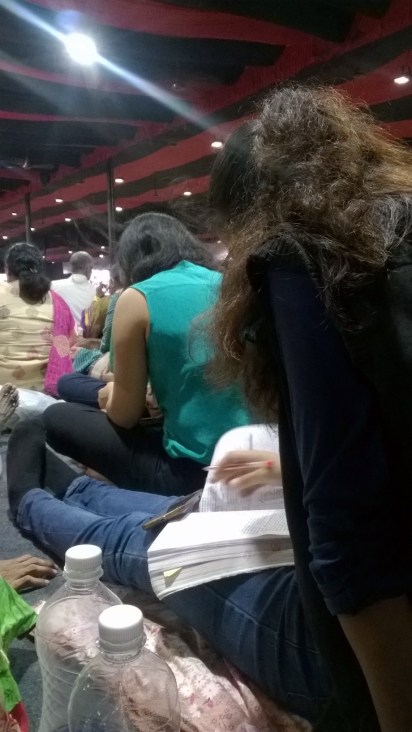
Studying with music in the background
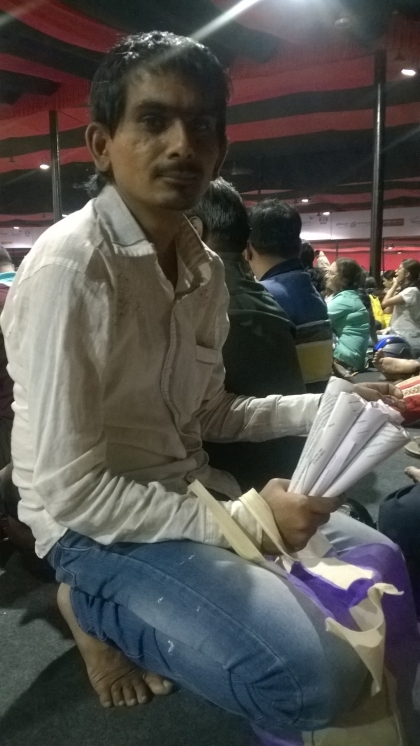
Chanawala…
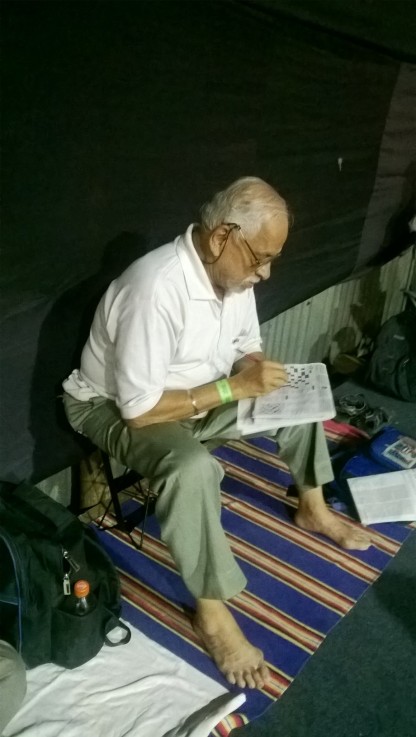
Col. Sohni spent his childhood in Mumbai.. Lived near the School of Indian Music, situated near the Royal Opera House in Mumbai, founded by B.R Deodhar.
Says he has been listening to music since childhood. Explaining his affection for music he says, ‘Army men are also men. They have been a part of the society since childhood and all the social, cultural habits have been inculcated since then. Music is always a part of our life.’
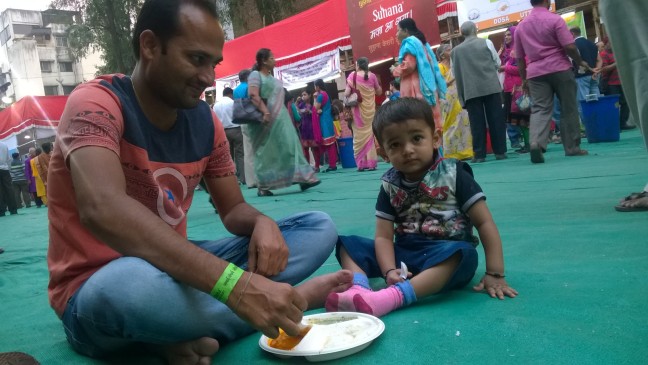 Little Ved Nahata attending the concert with his parents is at home in the atmosphere. He claps and dances or jumps up and down to the music and is lulled to sleep at the end of the sessions.
Little Ved Nahata attending the concert with his parents is at home in the atmosphere. He claps and dances or jumps up and down to the music and is lulled to sleep at the end of the sessions.
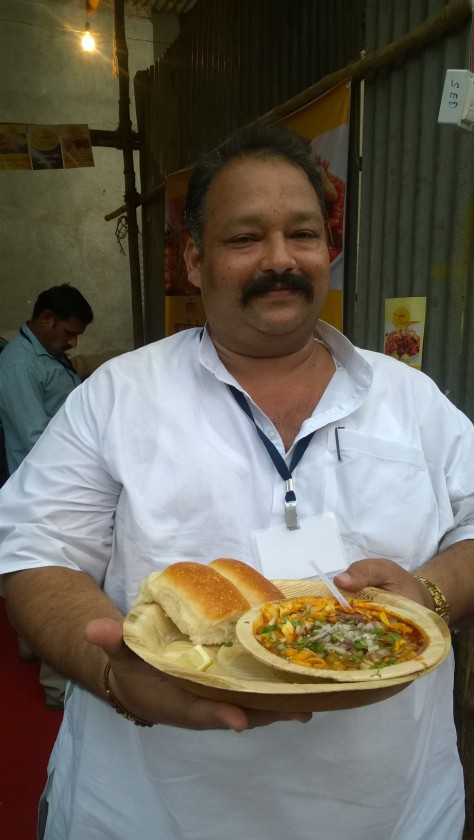
Ambar Karve serves the mouthwatering ‘Fakkad Misal’ to the crowds arriving at the food stalls in between breaks. Over the years he knows the Puneri taste and loves catering to them. Music and Misal are a hit combination!
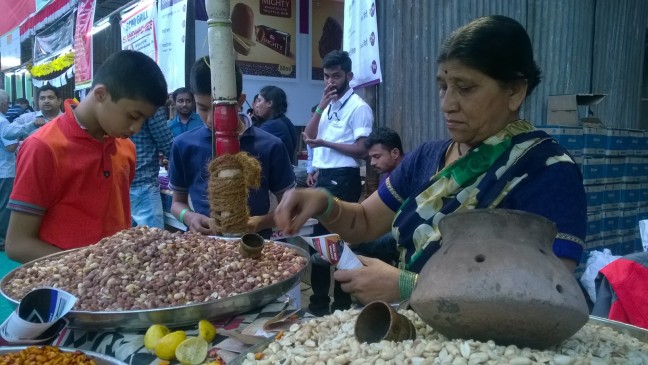
Shakuntala Ulhas Kate ‘Ithe Lokanna anand miltoh, mala hi’ , She says, she has been here since childhood, first with her parents and now she is happy to serve little packets of happiness.
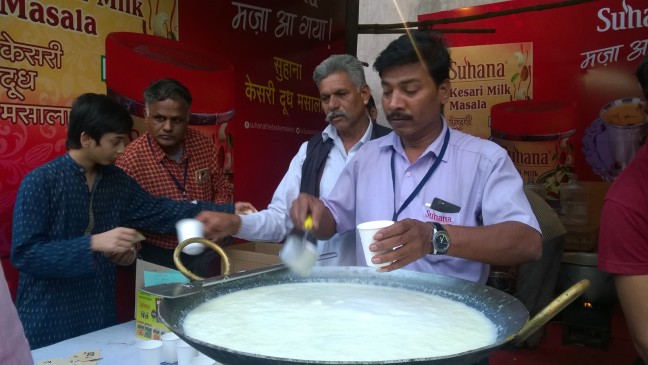 The entire atmosphere is a treat for the senses. People relish good food and beverages in the Sawai Gandharwa Bhimsen Mohatsav. Food and music is associated, good music, good mood, good food. Some of Pune’s well known food brands are here. Someone quips, some people are here just for the food!
The entire atmosphere is a treat for the senses. People relish good food and beverages in the Sawai Gandharwa Bhimsen Mohatsav. Food and music is associated, good music, good mood, good food. Some of Pune’s well known food brands are here. Someone quips, some people are here just for the food!
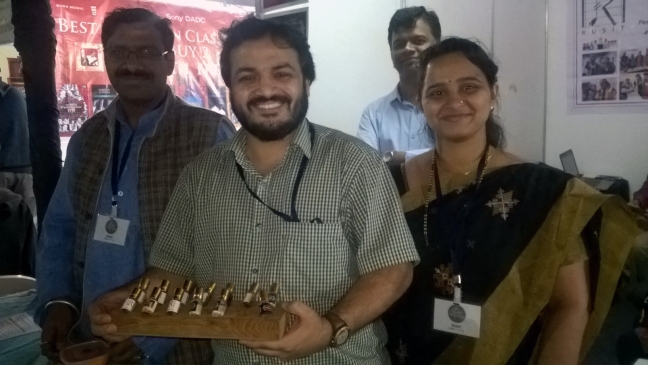
The treat for the senses takes a whole new meaning when one finds the perfumes specially designed and named according to the ‘Ragas’ of the Indian classical music by RUSIT- RAGA COLLECTION. Dr. Mandar Lele and Anant Pratap Jog. The essence of the Raga, the mood is captured in this little bottle. An unique way to have the Raga lingering on your mind all the time!
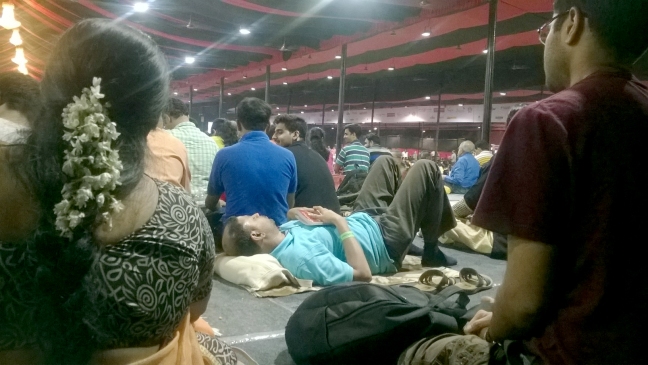
Lying down and listening or Sleeping caressed by the music and notes slowly patting on the head.




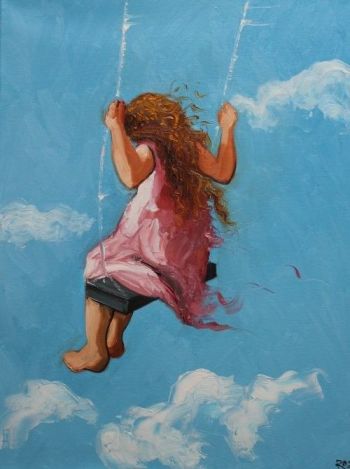
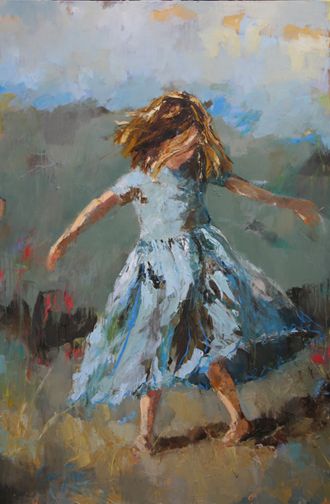




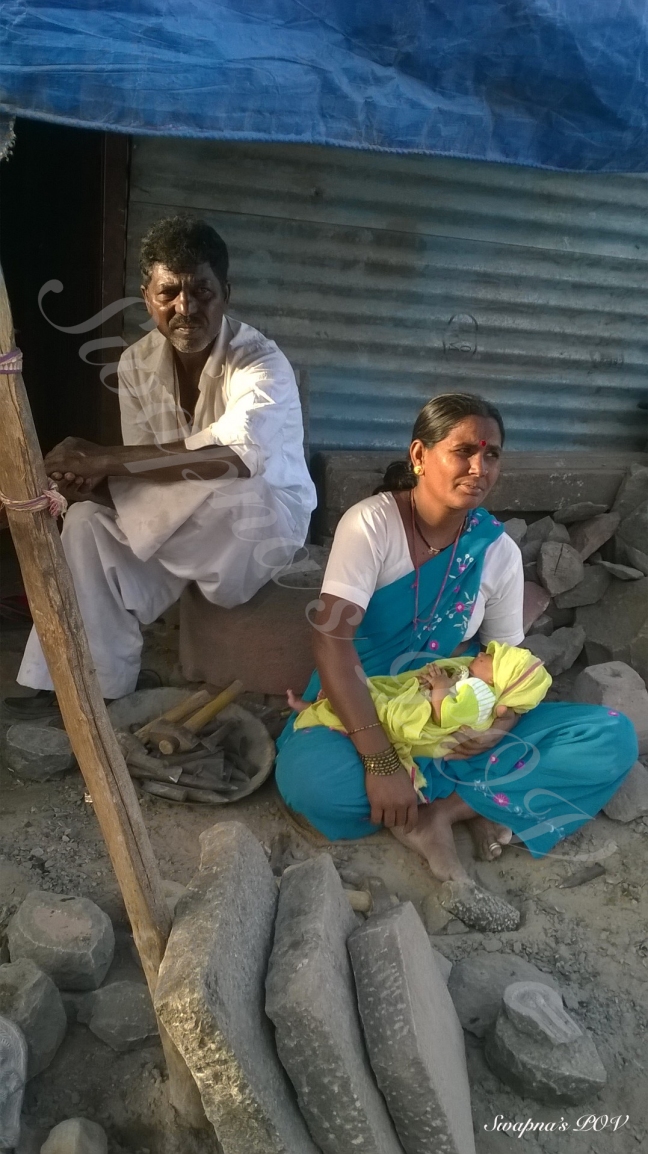
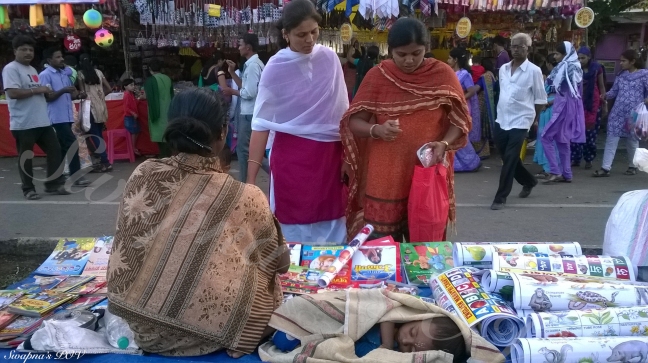
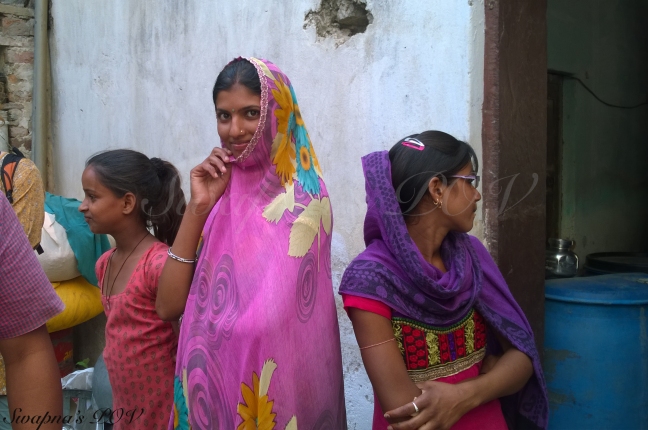

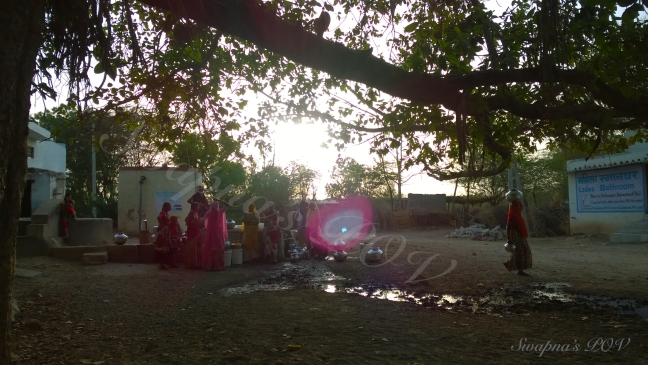
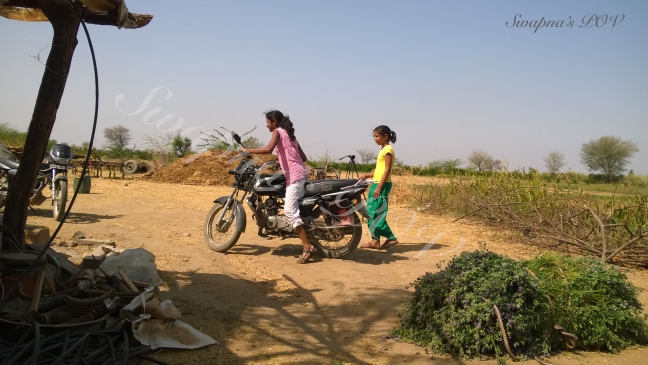

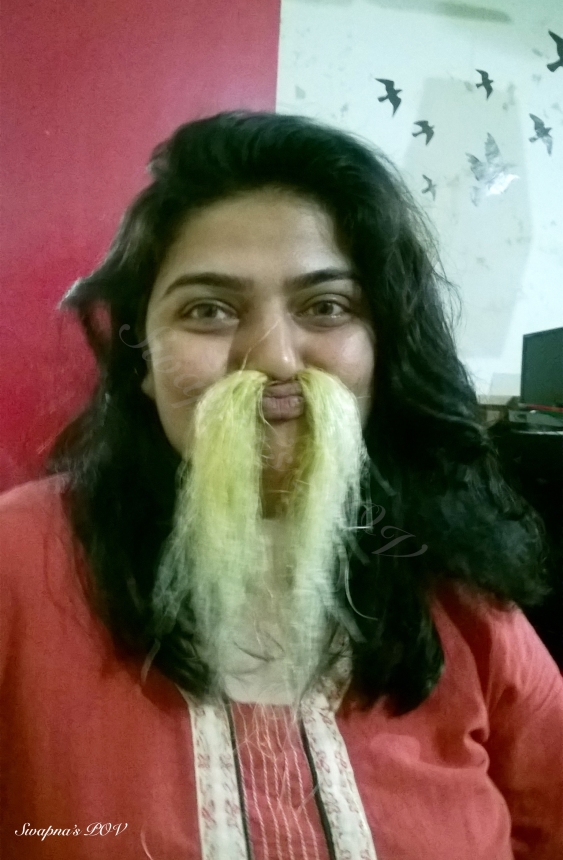


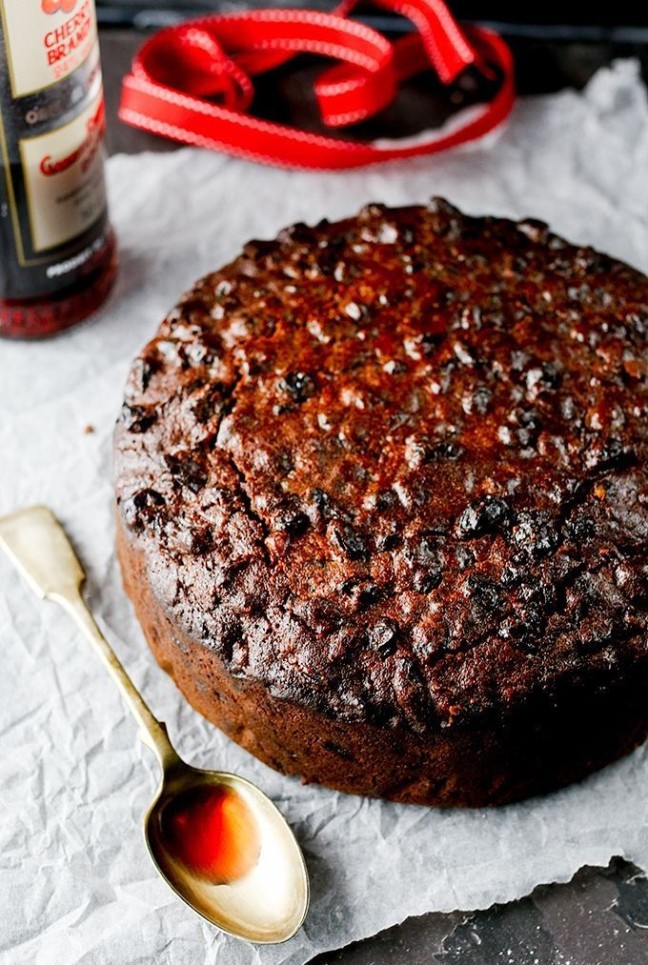
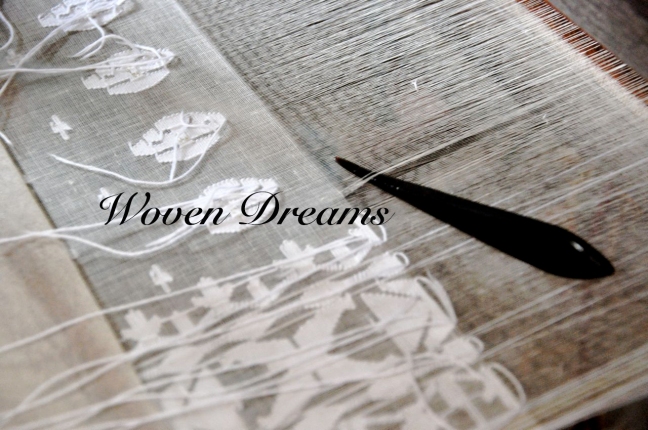
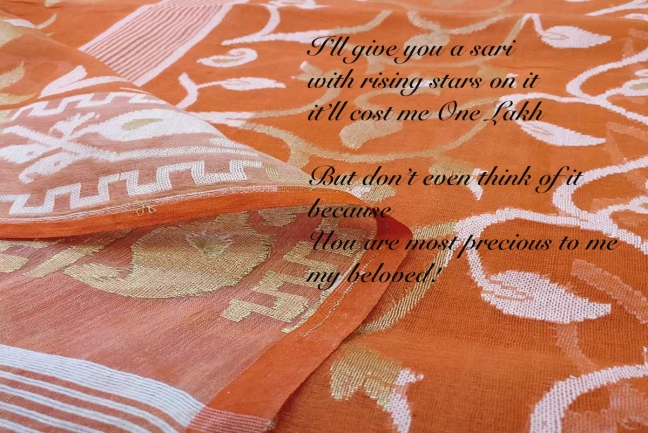
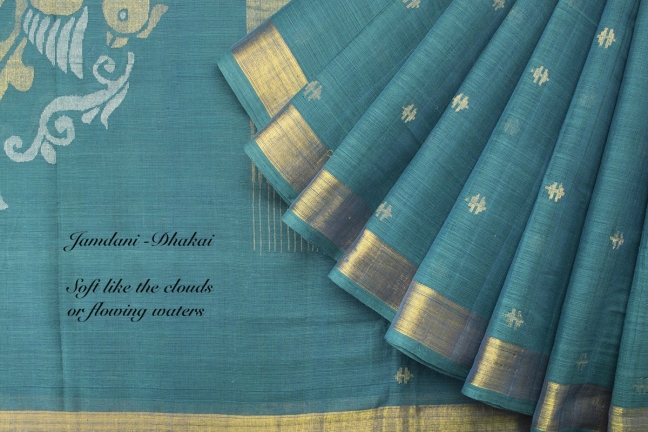
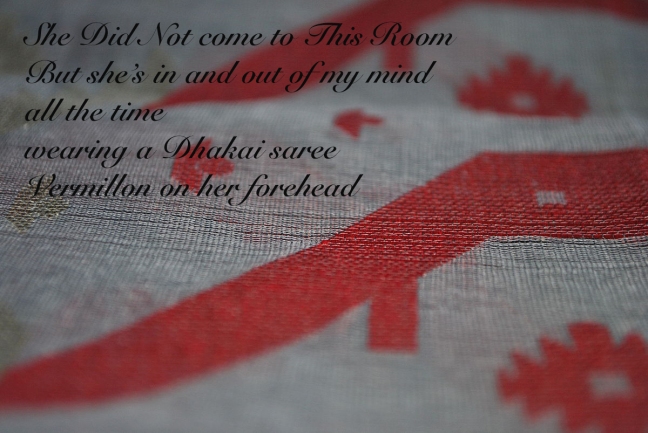 In 1840, Dr. Taylor, a British textile expert, wrote: “Even in the present day, notwithstanding the great perfection which the mills have attained, the Dhaka fabrics are unrivalled in transparency, beauty and delicacy of texture.”
In 1840, Dr. Taylor, a British textile expert, wrote: “Even in the present day, notwithstanding the great perfection which the mills have attained, the Dhaka fabrics are unrivalled in transparency, beauty and delicacy of texture.”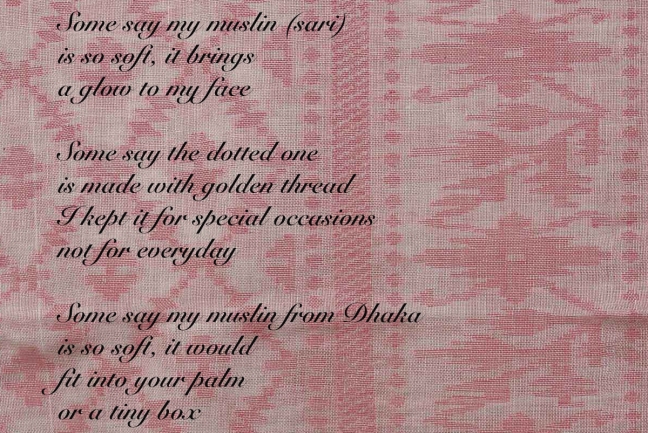 ‘Jam’ in Persian means flower and ‘Dani’ means vase, thus the motifs used in Jamdani weaving are mostly flowers and creepers ‘Asawali’. The mango motif is widely used as symbol of fertility, growth and marital bliss. The Lotus, ‘Pradeep’ or Lamp, ‘Mor’ peacock and ‘Tota Maina’ are woven painstakingly on the cotton cloth with fine texture.
‘Jam’ in Persian means flower and ‘Dani’ means vase, thus the motifs used in Jamdani weaving are mostly flowers and creepers ‘Asawali’. The mango motif is widely used as symbol of fertility, growth and marital bliss. The Lotus, ‘Pradeep’ or Lamp, ‘Mor’ peacock and ‘Tota Maina’ are woven painstakingly on the cotton cloth with fine texture.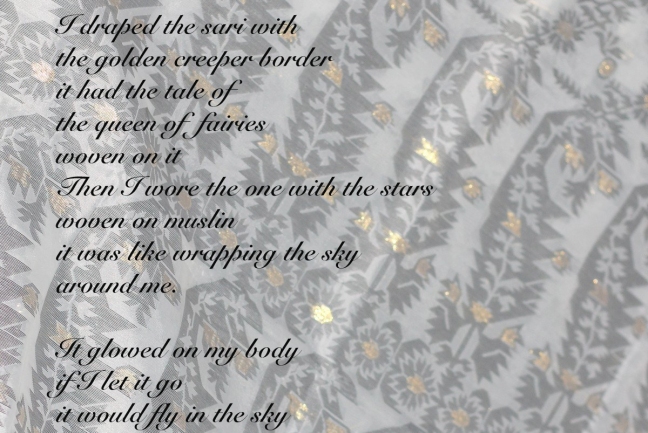 Dhakai saris are woven in soft and bright hues – beiges, blues, reds, off whites with borders of creepers, birds and intricately designed pallus.
Dhakai saris are woven in soft and bright hues – beiges, blues, reds, off whites with borders of creepers, birds and intricately designed pallus.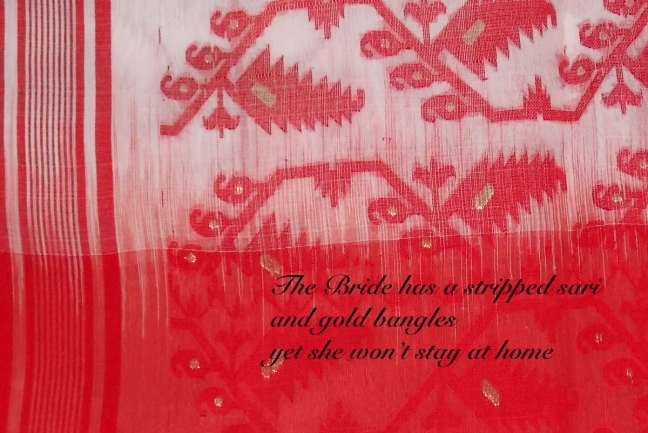
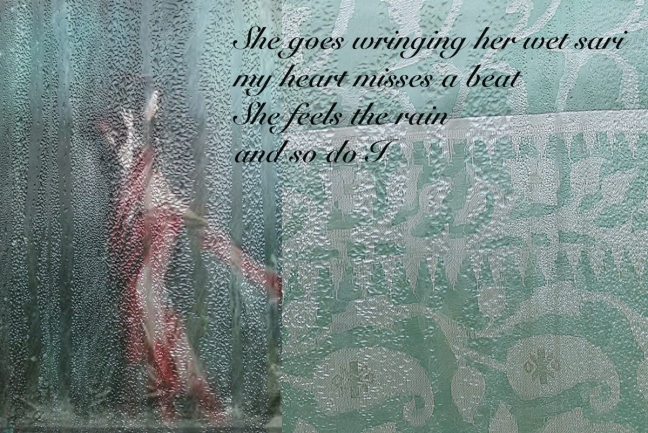

 Photo – Atul Patil
Photo – Atul Patil


 Little Ved Nahata attending the concert with his parents is at home in the atmosphere. He claps and dances or jumps up and down to the music and is lulled to sleep at the end of the sessions.
Little Ved Nahata attending the concert with his parents is at home in the atmosphere. He claps and dances or jumps up and down to the music and is lulled to sleep at the end of the sessions.

 The entire atmosphere is a treat for the senses. People relish good food and beverages in the Sawai Gandharwa Bhimsen Mohatsav. Food and music is associated, good music, good mood, good food. Some of Pune’s well known food brands are here. Someone quips, some people are here just for the food!
The entire atmosphere is a treat for the senses. People relish good food and beverages in the Sawai Gandharwa Bhimsen Mohatsav. Food and music is associated, good music, good mood, good food. Some of Pune’s well known food brands are here. Someone quips, some people are here just for the food!

